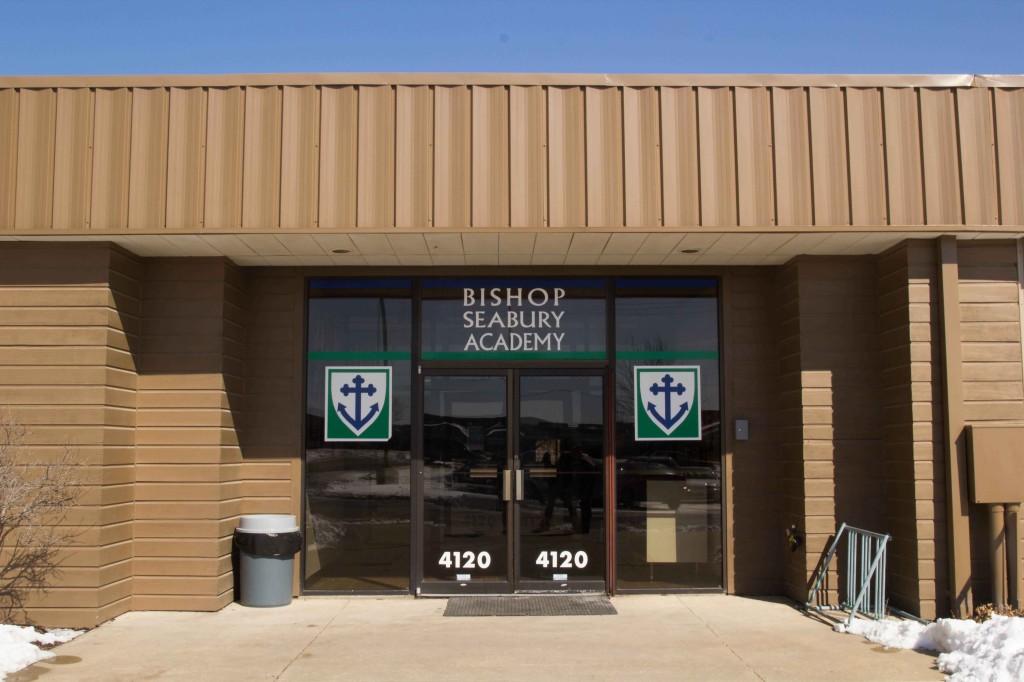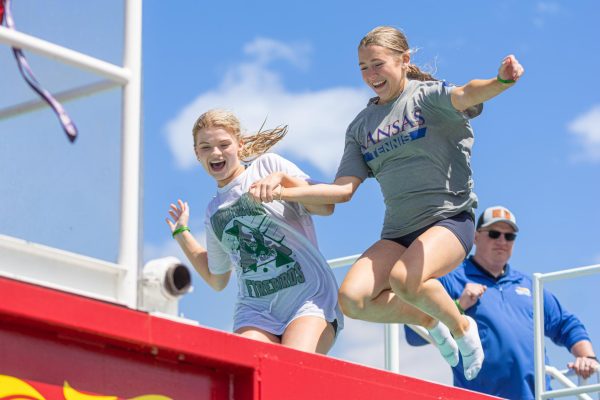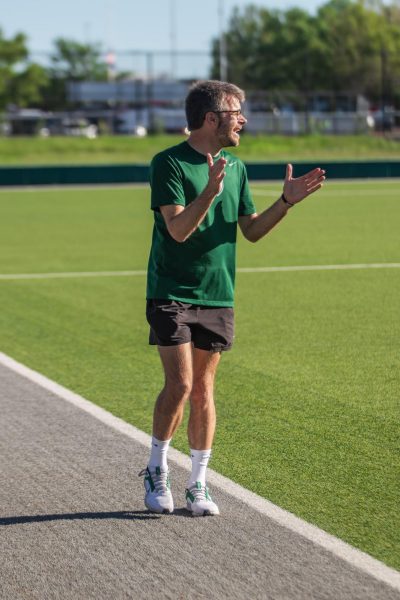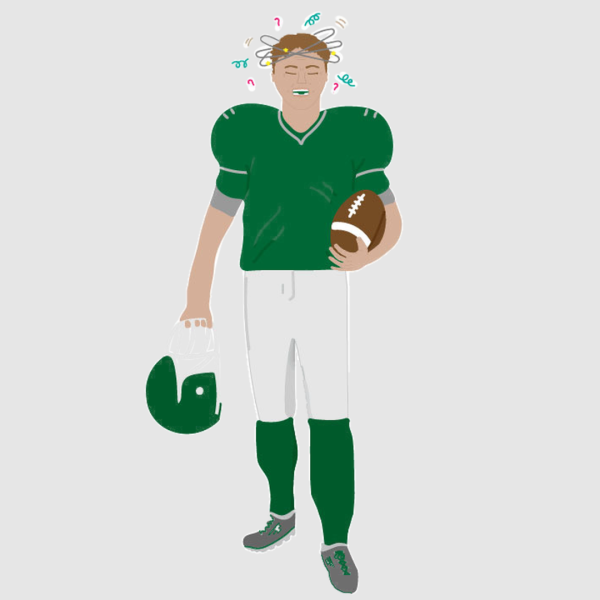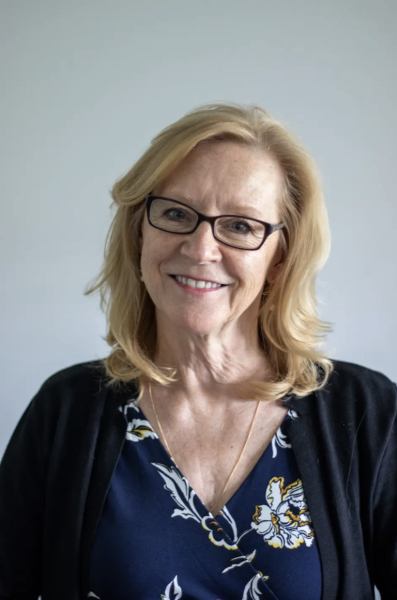Free State Firebirds, Bishop Seabury Seahawks less different than expected
Editors visit and explore Bishop Seabury Academy
At 8:10 a.m., with his navy polo shirt tucked into his belted khaki pants, senior Marcus Allen finds a seat at a round table in his school lunchroom and waits for the headmaster to open morning meeting with an Episcopalian prayer.
Schedule
With only 186 total students in grades six through 12, Bishop Seabury Academy takes a different approach to learning than a student at Free State may be accustomed. While the school maintains an eight period day, school begins at 8:10 a.m. with an all-school morning meeting, lead by the head students or “prefects.”
“It’s kind of like an altered Hogwarts situation,” Headmaster Don Schawang said.
After morning meeting, students break up into their “altera familias,” advisory groups with about eight students from grades six to 12 and a teacher. The altera familia’s purpose is to foster camaraderie among students of all ages and their teachers, with conversation topics ranging from homework troubles to weekend shenanigans.
“It’s kind of just a way to create more social texture at the school, and the more that people know each other, the belief is that they treat each other better,” Schawang said. “Every student really knows every other student from every grade by name at this point in the year.”
After morning meeting and altera familia, students go to their first and second period classes, each 42 minutes long with a four minute passing period in between. Then, students have a short break, followed by third, fourth and fifth period. Sixth, seventh and eighth period take place after lunch.
On Wednesdays, a local pastor leads an all-school chapel, which replaces morning meeting. While religious in nature, the service doesn’t delve too deep into theology.
“I think the school is very open about religion, and we don’t want to force anything,” Bishop Seabury junior Peter Shin said.
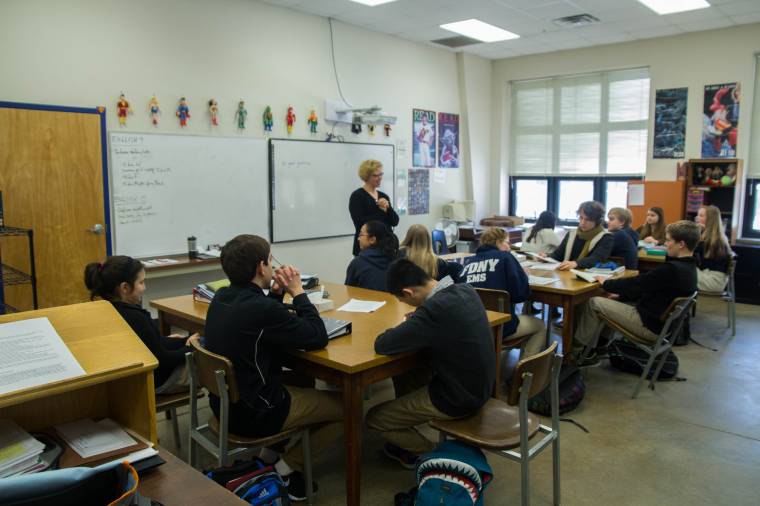
Due in part to their size, Bishop Seabury requires its high school students to participate in at least two seasons of activities. They also must complete 30 hours of community service each school year.
“After a while, you reach the point where [the community service requirement] is not something that you have to do, but something that you want to do, and it doesn’t become as tedious,” Bishop Seabury senior Ivan Santos said.
Despite the stringent community service and activity requirements, a typical day at Seabury is fairly lax. High school students have one or two free periods, which enable them to go practically anywhere on campus to study, get additional assistance from teachers, play chess or socialize.
“[During free period], I can go into the kitchen, bring my stuff and make ramen noodles,” Shin said.
Lunch Seating
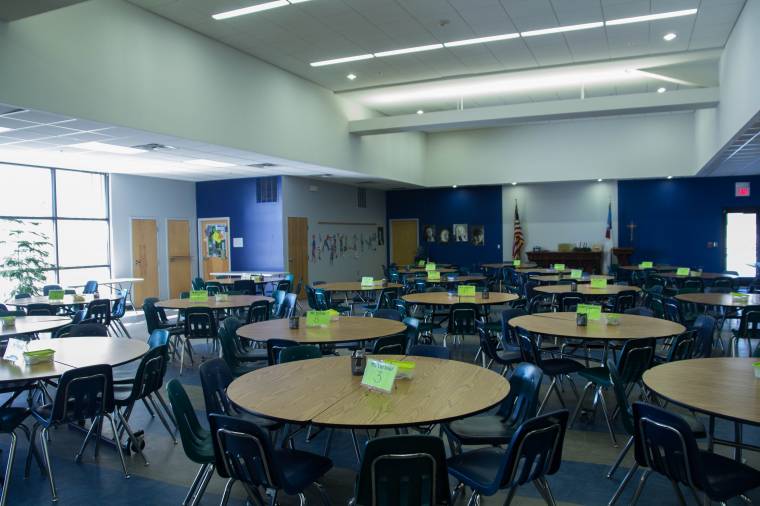
In an attempt to cultivate relationships between students and teachers and prevent cliques and exclusion, everyone has assigned seating during lunch except for on Fridays.
“You’re basically like thrown into a group of people, and there’s a teacher there to make sure no one’s getting excluded and no one’s being bullied,” Santos said. “I can see where they’re getting at, but … it’d be more fun if I was able to sit with my friends.”
While assigned seating helps students develop relationships with new people, it doesn’t always work out.
“Sometimes it’s just so awkward when a teacher’s there, and they’re trying to start a conversation, but no one wants to join it,” Shin said.
Stereotypes
With a yearly tuition of $11,419, Bishop Seabury is often stereotyped as a school for predominantly upper class Caucasian students.
“I remember coming in to visit …, and, honestly, I had the impression that everybody was the snotty, rich kid,” Santos said. “In the first week, that was just gone. I got to know people. Everybody kind of brought me in. I immediately made friends, and I wasn’t even going to the school yet.”
While some believe Bishop Seabury students are all white and wealthy, the school actually has a 24 percent minority population, and 28 percent of their student body receive some type of financial assistance.
“A lot of kids here have parents who work double jobs …, and I couldn’t afford it if I paid full tuition,” Shin said. “But, I got a scholarship, and my dad’s company supports my tuition. I couldn’t pay 10 thousand dollars a year.”
Bishop Seabury sophomore Jaeyoung Im transferred from Lawrence High this year, and his transition dispelled one preconceived notion he had about Bishop Seabury.
“I got the impression that all the kids were insanely smart,” Im said. “They got a lot of homework, and they were really good at doing their homework … They aren’t as smart as I thought they would be. I’ll be honest.”
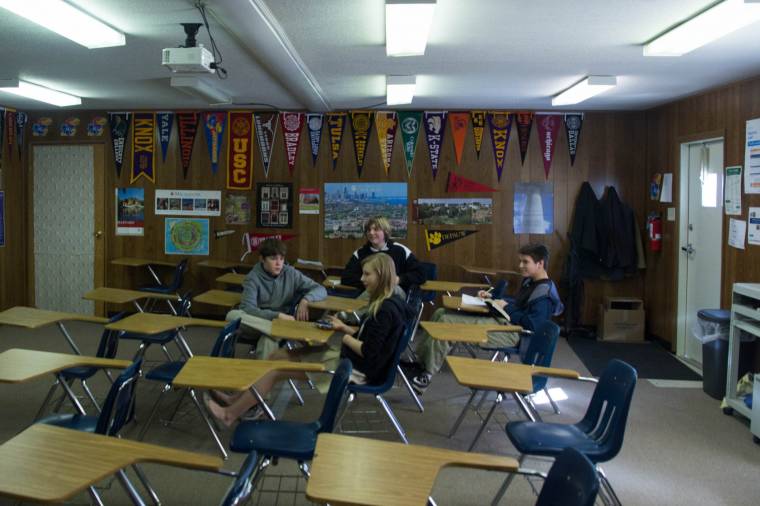
Dress code
Bishop Seabury may not meet all preconceived notions in their entirety, but, like a stereotypical private school, students must adhere to a dress code.
Bishop Seabury students wear collared shirts in the school colors of black, green, blue or white, and khaki shorts or skirts. Belts are required for pants with belt loops. Students are largely unrestricted on their choices of shoes and accessories.
“I always think about it like the Einstein principle of the less energy you have to put toward making decisions in the morning about what to pull out of the closet, the more you can focus on other things,” Schawang said.
According to Bishop Seabury freshman Max Easter, the dress code isn’t strictly enforced.
“I’m breaking it right now,” he said.
Sports
Bishop Seabury’s sport opportunities vary year to year because of its small size. It currently offers football, cross country, girls volleyball, girls tennis, basketball, cheer, golf, boys tennis, girls soccer and girls swimming.
Despite rumors, Bishop Seabury does not give out athletic scholarships. A student’s athletic ability is not enough to gain admittance.
“We’ve got a student here who’s gotten a lot of press who’s a freshman for playing basketball,” Schawang said, “And that student is here because he’s academically and behaviorally fitted for the school. I always feel the need to say that because it’s such an ongoing frustration to me.”
While offering a variety of sports can be a challenge at such a small school, Bishop Seabury compensates with a multitude of activities only possible to have with a small student body.

Headmaster’s Holiday
Because Bishop Seabury has fewer than 200 pupils, students occasionally have field trips and all-school events that larger schools would struggle to manage.
One Bishop Seabury tradition is Headmaster’s Holiday, a surprise all-school field trip, occurring early in the second semester.
“When we have our morning meeting, someone is usually wearing this god-awful lime green shirt that has ‘Headmaster’s Holiday’ written on it, and they’ll expose it in one fashion or another,” Schawang said. “The kids go crazy, and then we have busses that roll up, and we take them usually to Kansas City.”
Recent trips include Great Wolf Lodge and Dave and Busters.
“We’ll just have a day, and it’s just in a time where they can really use some time off, so they get pretty excited about that,” Schawang said.
In addition to Headmaster’s Holiday, Bishop Seabury also has a two week long spring break to accommodate their international trips. This year, students will journey to England, next year, to Greece.
The week before their two week long spring vacation, Bishop Seabury participates in the “Spring Fever Grudge Match,” a daily after lunch competition between faculty and students. Events include dodgeball, improvised duet acting, Battle of the Bands, bench pressing and trivial pursuit.
Disadvantages
While attending a small school has its benefits, students concur it has unique problems. Drama is one of them.
“The smaller environment … can be a negative thing,” Bishop Seabury freshman Madison Murphy said. “You know who’s going out with who and the drama in every grade.”
Im agrees.
“[Small classes are] not always a good thing, I would say, because you have no secrets here,” Im said. “If someone finds out something, it’s gonna spread fast.”
Free State freshman Calvin Yost-Wolff, who transferred from Bishop Seabury this year, had other problems with Bishop Seabury, namely the restrictions on electives and the lack of competition in sports.
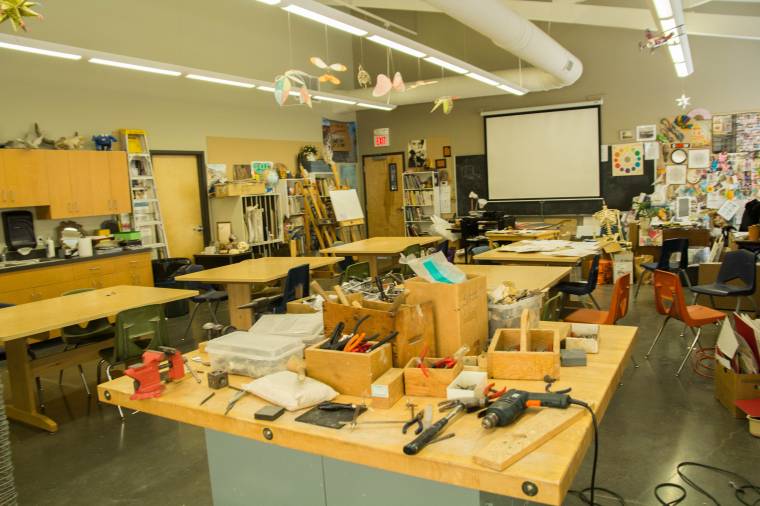
Every school has its problems, but for seniors like Allen and Santos who’ve spent much of their time in and out of school with their 20 some classmates and teachers, saying goodbye in May will be difficult.
“I think [I’ll miss] the students and teachers because I’m going to KU, and it’s a pretty big school,” Santos said. “So [I’ll be] coming from having a school where I practically know everyone to … another place where I’m just a number.”
Each year at Bishop, at their graduation ceremony, each grade participates in a ritual called “stepping up” where older grades consent to younger students taking their spots in the higher grade. At the end, the sixth grade chairs are empty, and the seniors bid farewell to the underclassmen and their teachers, who are often now their friends.
“It’s actually a very touching experience, especially when we know these seniors, [and] we work with them for six, seven years,” Schawang said. “We’ve had some years where it’s been really hard to say goodbye to them.”


